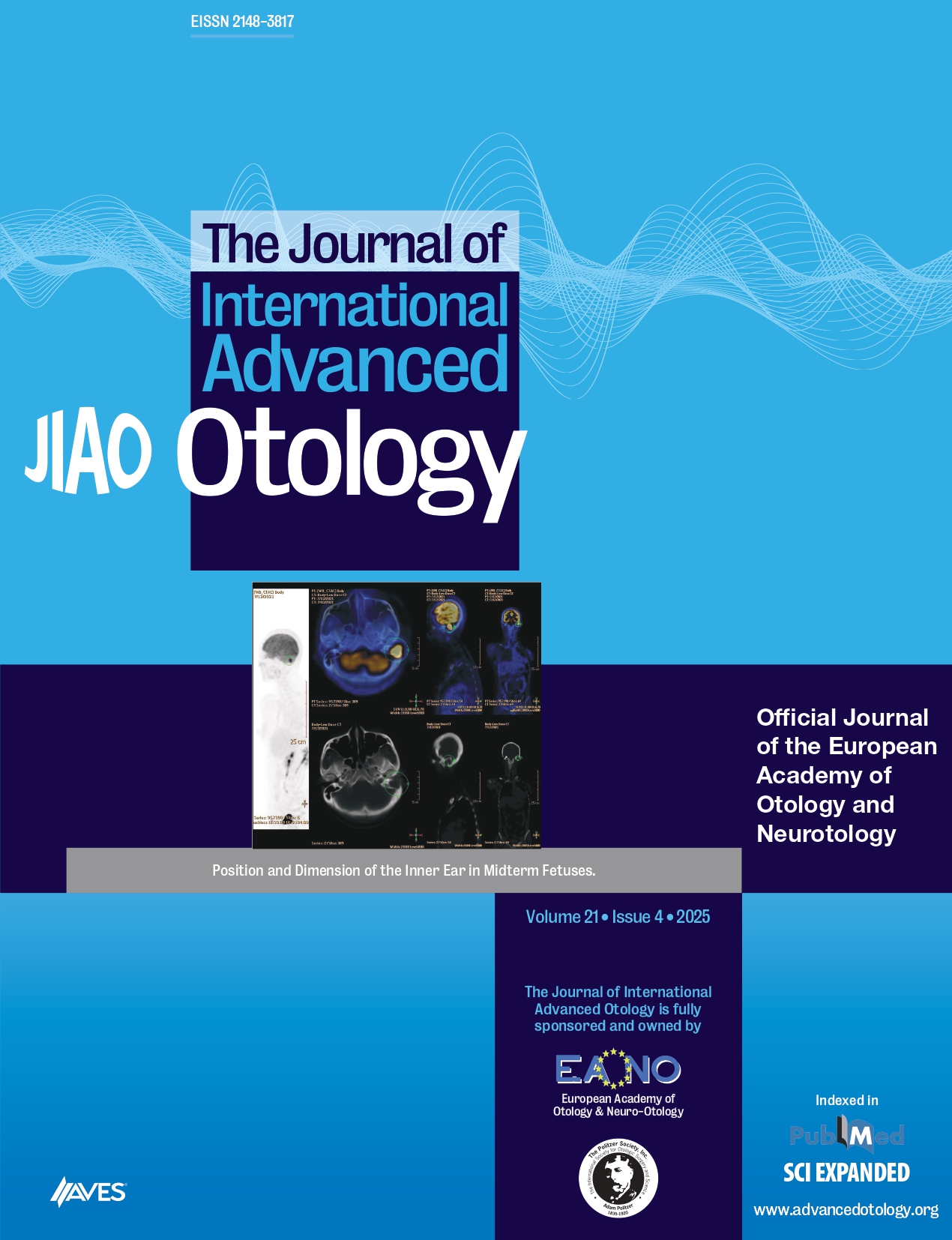Abstract
OBJECTIVE: Prediction of speech recognition (SR) and quality of life (QoL) outcomes after cochlear implantation is one of the most important challenges for otologists. By sifting through very large amounts of data, data mining reveals trends, patterns, and relationships that might otherwise have remained undetected. There are identifiable pre-implantational factors that condition the cochlear implantation outcome. Our objective is to design a data mining system to predict and classify cochlear implant (CI) predictable benefits in terms of SR and QoL in each patient.
MATERIALS and METHODS: This is an observational study of CI users for at least one year. Audiological benefits and its relation to QoL are analyzed using the Glasgow Benefit Inventory (GBI) and the Specific Questionnaire (SQ). Sociodemographic and medical variables are processed in SPSS Statistics 19.0, MatLab® and Weka®. Classifiers are designed using the nearest neighbour and decision tree algorithms. Estimators are created by linear logistic regression.
RESULTS: A total of 29 patients (mean age, 55.3 years; 52% female and 48% male) including 48% unilateral CI users and 51% bimodal CI users were included in the study. GBI improved by 36 points and SQ by 1.7 (p<0.05). Using Nearest Neighbour (IB1) algorithm for classifiers, interesting attributes were identified for SR and SQ result classification (success rate: 80.7%). Decision tree algorithm (J48) showed influencing variables for GBI (success rate: 81%). Estimators by linear logistic regression analysis disclosed a precision of 85%, 68%, and 71% for SR, GBI, and SQ, respectively.
CONCLUSION: Our study proposes a systematized system to classify and estimate SR and QoL improvement based on our initial evaluation to complement decision making and patients’ information.



.png)
.png)